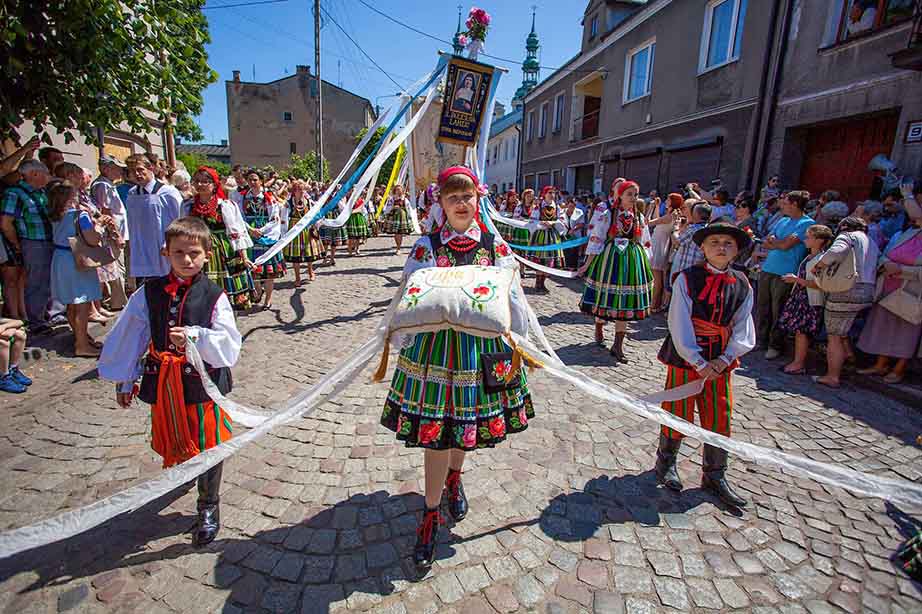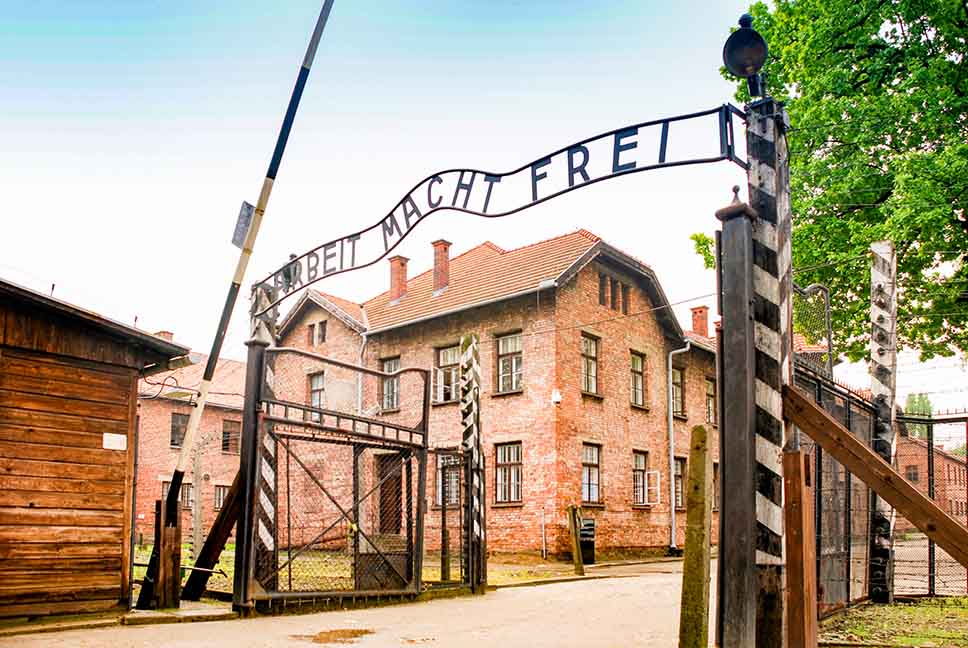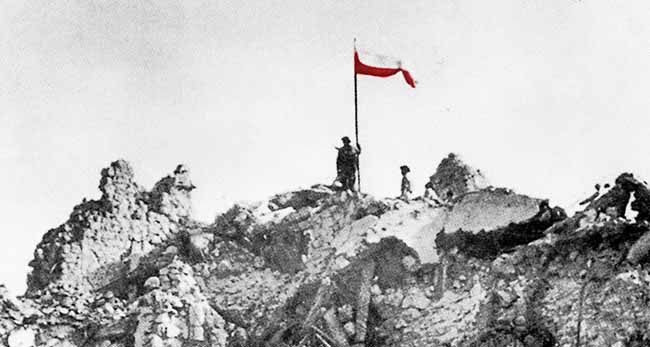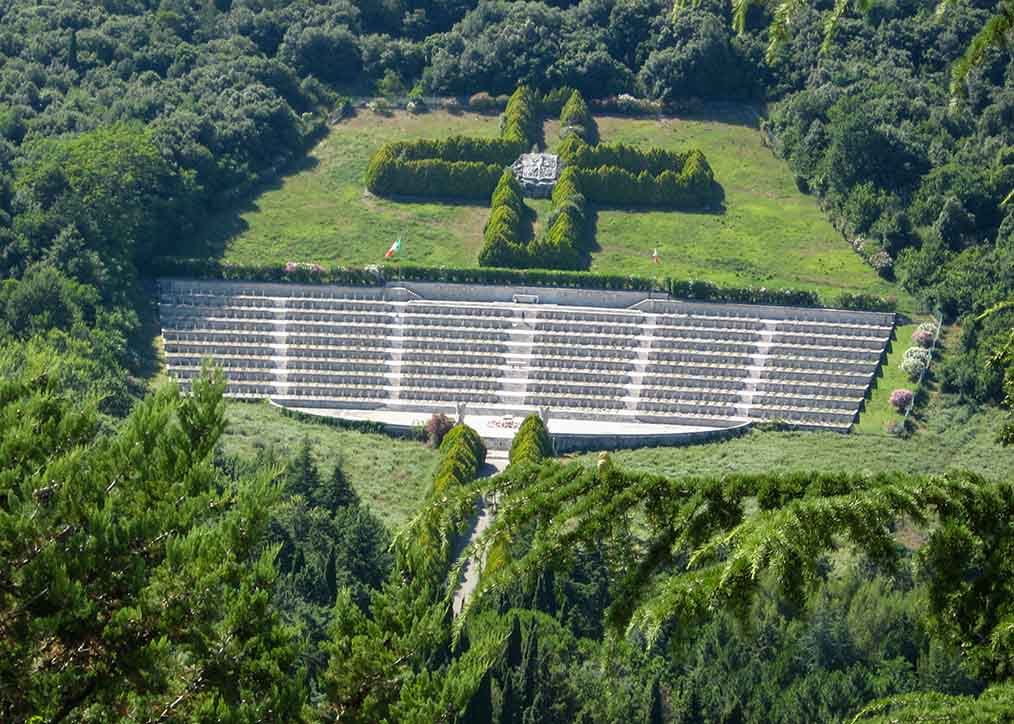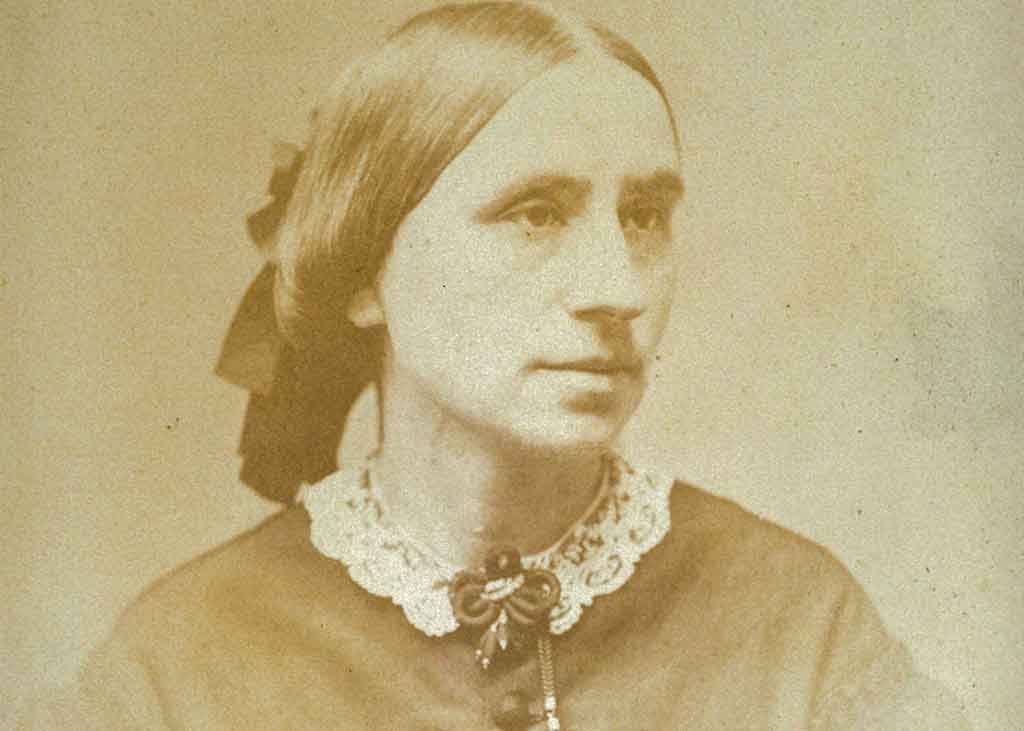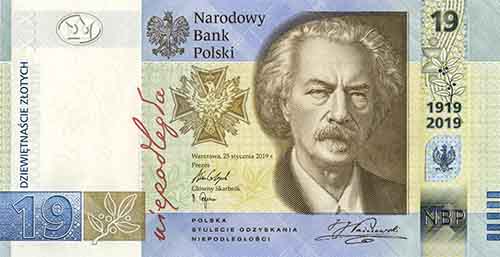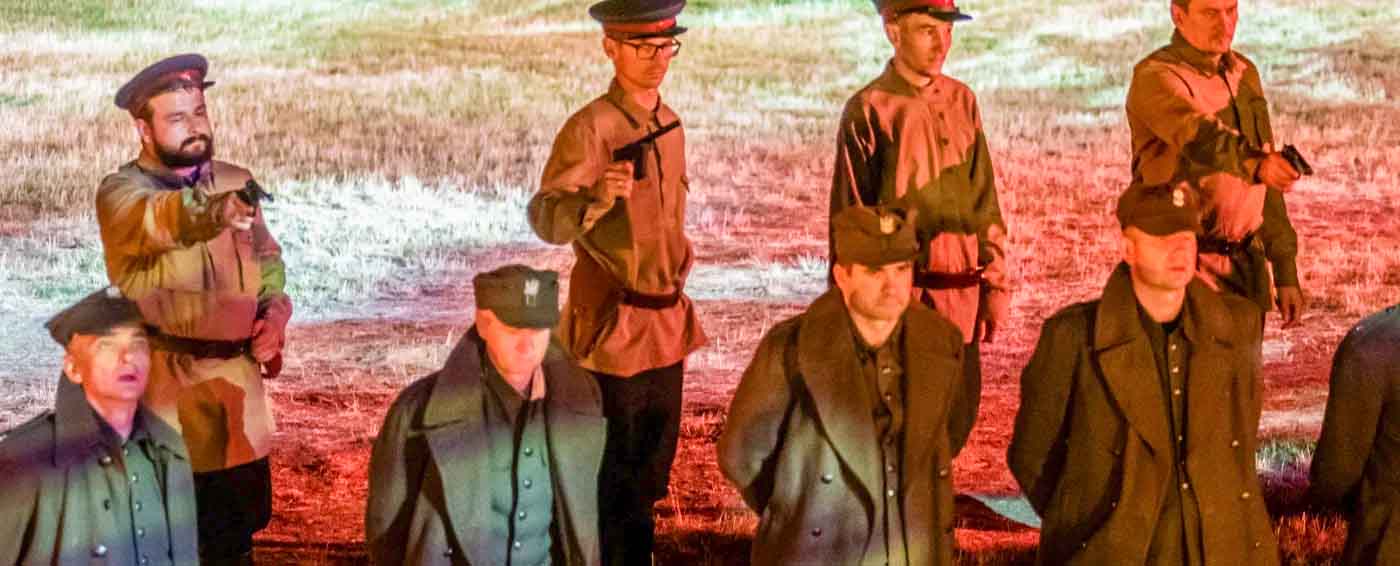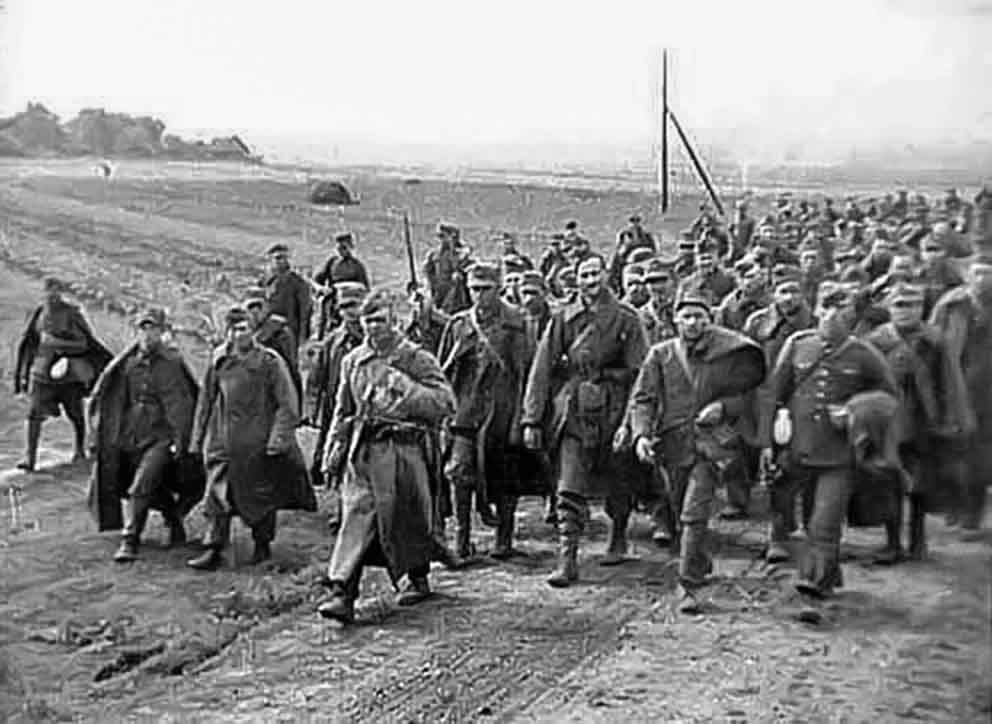Although the feast of Corpus Christi is celebrated throughout the world by the Catholic Church, it still has a vibrant and rich tradition in Poland. Despite always falling on a Thursday, it is a public holiday and the streets of Polish towns and villages are filled with colourful processions to the four altars. Parishes take care of their beautiful surroundings.
Read more... Reading time 5 min.Auschwitz is first and foremost a truth — a multi-faceted truth. It is like a complex jigsaw puzzle, creating a unique polyphonic image of the Remembrance of Jews, Poles, Roma and all other groups of Victims. Auschwitz is also the story of the perpetrators.
Read more... Reading time 4 min.The impact of the 3rd of May Constitution was so strong that, for us Poles, it became a symbol of love for freedom and the homeland during the years of the partition of Poland and even later. For two centuries it captured the imagination of writers, artists, architects, thinkers and social activists.
Read more... Reading time 6 min.For many of those who emigrated for independence, the Battle of Monte Cassino did not end in 1944. Their war lasted much longer and often ended tragically. Nevertheless, the legacy of the heroes survived and is still alive today,
Read more... Reading time 3 min.In 2024, two important anniversaries for Poles coincide: 80 years since the victorious battle of the 2nd Polish Corps for Monte Cassino and the 50th anniversary of the death of the one thanks to whom the heroism of the soldiers of General Władysław Anders was recorded with journalistic reliability for future generations.
Read more... Reading time 11 min.Dr Karol Nawrocki, President of the Institute of National Remembrance, visited London to meet with Polish community living in Britain, unveil the exhibition “Trails of Hope. Odyssey of Freedom”, the fate of Poles during World War II and give a lecture entitled „Polish history without secrets”.
Read more... Reading time 8 min.A female doctor with Polish roots played an important role in the American history of medicine in the 19th century. Americans owe Dr. Zak modern treatment standards and the founding of the first women's hospital.
Read more... Reading time 5 min.Understanding this historic and unwavering Russian expansionist commitment should help us formulate a winning strategy for stopping them in Ukraine today, the strategy that is missing in our debates. Believing that we can appease Russians with anything is a mistake. They consider any appeasement a sign of weakness, and it motivates them to continue their conquest.
Read more... Reading time 16 min.Currently, Poland faces the dilemma of adopting the common EU currency, the euro. Let's wish the Polish zloty, which has successfully survived 100 years, many more centuries to come.
Read more... Reading time 8 min.In the spring of 1940, the Soviets killed the flower of the Polish intelligentsia without a judicial verdict. Today, the Russian authorities would like to see this crime as a common crime that is subject to a statute of limitations.
Read more... Reading time 7 min.During the partitions and captivity, Poles in exile not only constituted the country's intellectual base, but also preserved Polishness for the reborn Poland and modern generations.
Read more... Reading time 11 min.Wojciech Materski
Although Russia has officially acknowledged the perpetration of the Katyn massacre, this truth is virtually absent from Russian historiography today. For it does not fit into the myth of the great victory of the war, any more than the Hitler-Stalin pact of 1939, the mass deportations, the enslavement of the Baltic republics, or the colossal scale of the Red Army's marauding in the final phase of the Second World War.
Read more...


